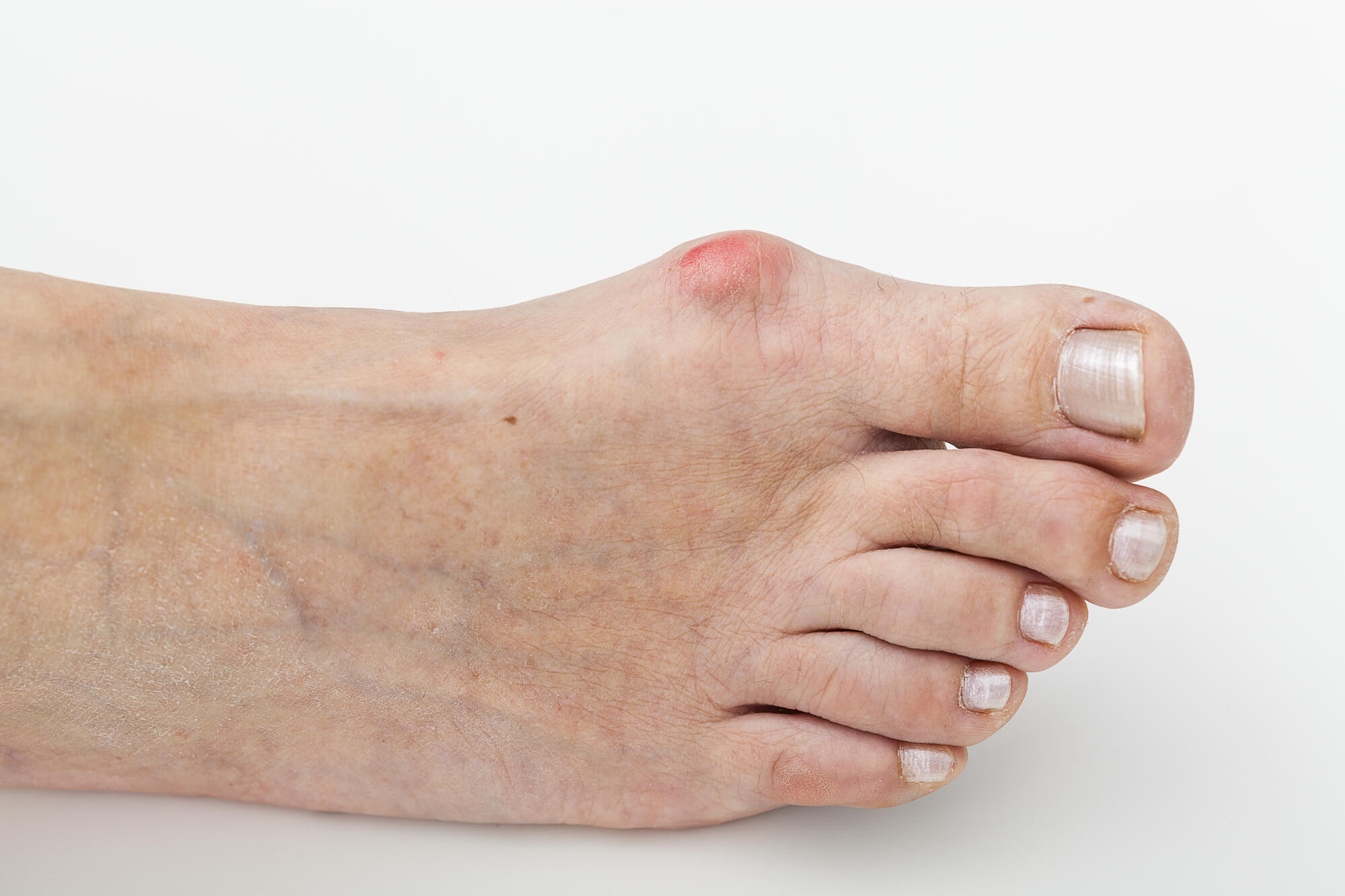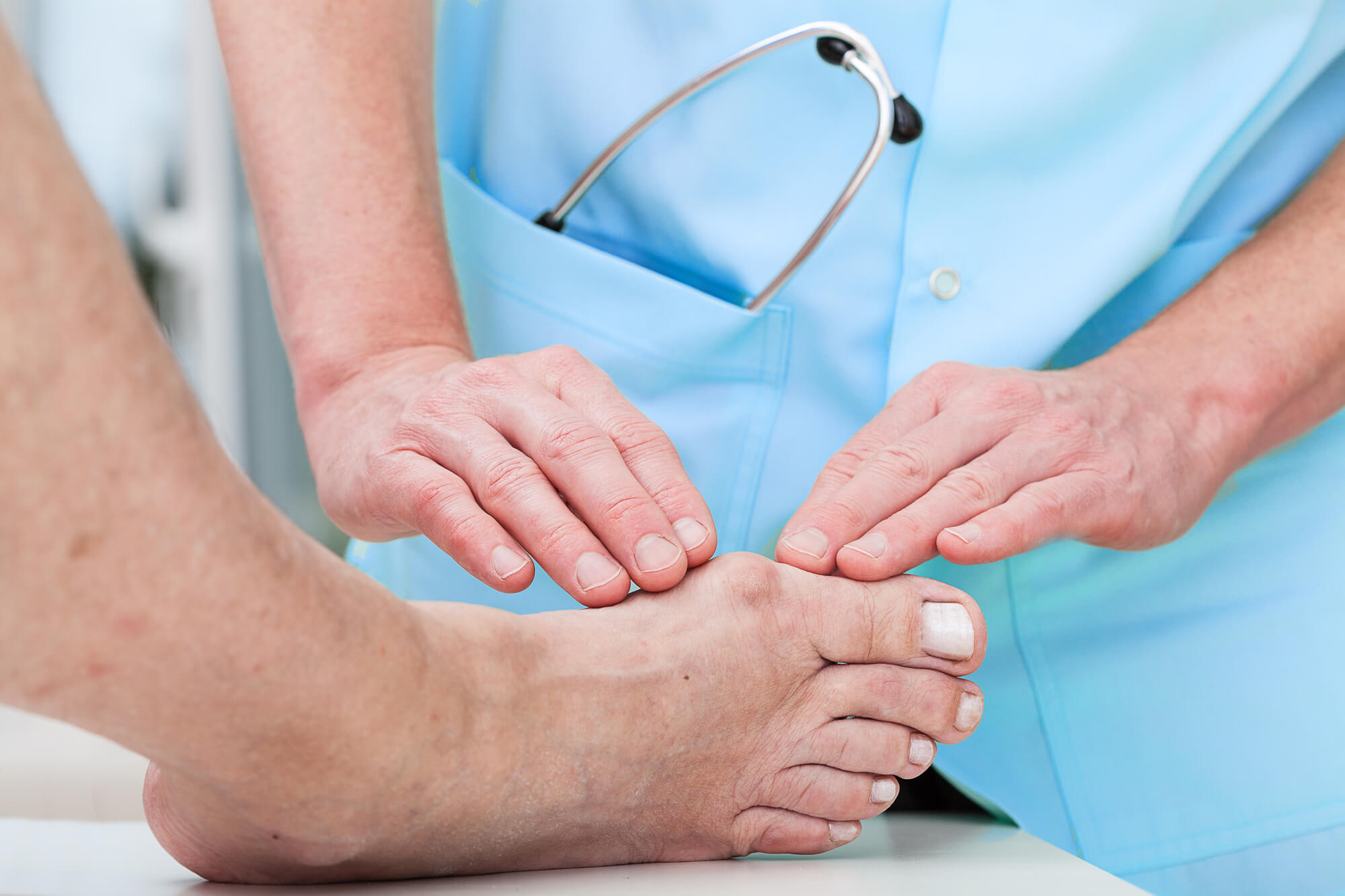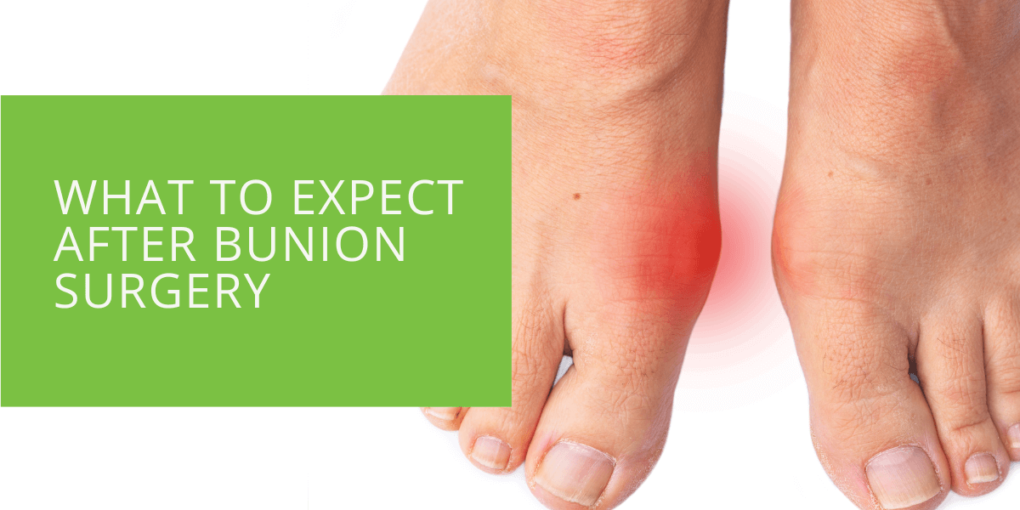What to Expect After Bunion Surgery
Bunions are a common foot condition that can cause discomfort, pain, and even difficulty walking. If your bunions are severe and interfere with your daily activities, your doctor may recommend bunion surgery. While surgery can be an effective treatment option, knowing what to expect after the procedure is important.
This article will provide a comprehensive guide to help you understand what to expect after bunion surgery. We will discuss the different types of surgery, recovery timelines, pain management, and tips for a successful recovery.
Recovery Timelines
The recovery process after bunion surgery can be divided into several weeks, each with its goals and milestones. By understanding what to expect during each week, you can better prepare for the recovery process and ensure a successful outcome.
First Week After Surgery
During the first week after surgery, it is essential to take it easy and avoid putting weight on your foot. Your surgeon may provide you with crutches or a scooter to help you move around. You will need to change the bandage on your foot regularly and keep your foot elevated as much as possible to manage pain and swelling. You will also need to take any prescribed medications for pain and swelling.
Second Week After Surgery
During the second week after surgery, you may be able to put some weight on your foot, depending on your surgeon's instructions. You may also start physical therapy to help with the healing process. Your physical therapist may recommend exercises to improve mobility and strength in your foot and ankle. It is crucial to follow your therapist's instructions carefully and not overdo it, as too much too soon can delay your recovery.

Third and Fourth Week After Surgery
During the third and fourth weeks after surgery, you may see some improvement in your foot. However, you must still avoid strenuous activities and wear special footwear to protect your foot. You may also continue physical therapy and begin to work on more challenging exercises.
Weeks 5-8
During weeks 5-8, you may be able to start wearing regular shoes again. However, you must be careful and avoid high heels or tight-fitting shoes. Your physical therapy sessions may become less frequent, and you may begin to work on more advanced exercises.
Beyond Week 8
After week 8, you may still experience discomfort and swelling, but most healing should be complete. It is essential to continue following your surgeon's instructions and to be patient as you regain strength and mobility in your foot.
By understanding what to expect during each week of the recovery process, you can prepare for the challenges ahead and take the necessary steps to ensure a successful recovery. Remember to follow your surgeon's instructions carefully, take care of your foot, and be patient as you regain mobility and independence.
Pain Management
Pain and swelling are common after bunion surgery, and managing them is essential to the recovery process. Here are some tips for managing pain and swelling after surgery:
- Use Ice Packs: Applying ice packs to your foot can help reduce swelling and manage pain. Wrap the ice pack in a towel or cloth and apply it to your foot for 20 minutes, several times a day.
- Elevate Your Foot: Keeping your foot elevated above the level of your heart can help reduce swelling and manage pain. Keep your foot elevated as much as possible during the first few weeks after surgery.
- Take Pain Medication: Your doctor may prescribe pain medication to help manage pain and discomfort after surgery. Follow your doctor's instructions carefully and take the medication as directed.
- Try Relaxation Techniques: Relaxation techniques, such as deep breathing or meditation, can help manage pain and reduce stress during recovery.
- Consider Massage: Massage can help reduce muscle tension and relieve pain. Consider asking your physical therapist or a licensed massage therapist about massage therapy options.
It is essential to manage pain and swelling after surgery, but it is also important to avoid overdoing it. Follow your doctor's instructions carefully, and be patient as your body heals. If you have any concerns or questions about pain management, talk to your doctor or physical therapist.

Tips for a Successful Recovery
- Keep Your Foot Elevated: Keeping your foot elevated above the level of your heart can help reduce swelling and manage pain. Keep your foot elevated as much as possible during the first few weeks after surgery.
- Use Crutches or a Scooter: Your surgeon may provide you with crutches or a scooter to help you move around during recovery. Follow your doctor's instructions carefully and avoid putting weight on your foot until you are given the green light.
- Follow Post-Operative Instructions: Following your surgeon's instructions for care and physical therapy is essential for a successful recovery. Your surgeon will provide specific instructions on how to care for your surgical site, change your bandage, and manage pain.
- Wear Special Footwear: Wearing special footwear can help protect your foot and keep it in the correct position during recovery. Your doctor may recommend orthotic shoes, post-operative shoes, or a walking cast to wear after surgery. Choosing footwear that fits properly and provides adequate support for your foot is essential.
- Be Patient: Recovery from bunion surgery can take several weeks or even months. Be patient, and don't rush the healing process. Follow your surgeon's instructions carefully and give your body the time it needs to heal.
- Attend Physical Therapy: Physical therapy can help speed up recovery and improve your range of motion and strength in your foot and ankle. Attend all scheduled physical therapy sessions and follow your therapist's instructions carefully. Your therapist may recommend exercises to do at home to help with the healing process.
- Realign Your Foot: Your surgeon may recommend aligning your foot using toe spacers, splints, or other devices. These devices can help reduce pressure on your bunion and realign your foot.
- Avoid High Heels: High heels can pressure your foot and worsen your bunion. Avoid wearing high heels, tight-fitting shoes, or any footwear that puts pressure on your big toe during recovery.

Types of Bunion Surgery
There are several types of bunion surgery, and the type of surgery you have will depend on the severity of your condition. Here is a closer look at each type of bunion surgery:
- Osteotomy: This surgery involves cutting the bone and realigning it to correct the bunion. During an osteotomy, your surgeon will make a small incision on the side of your foot and cut the bone to realign it. Once the bone is in the correct position, your surgeon will secure it with screws or other hardware. This surgery is typically recommended for mild to moderate bunions.
- Fusion: This surgery involves fusing the bones to correct the bunion. During a fusion, your surgeon will remove the damaged joint and fuse the bones using screws or other hardware. This surgery is typically recommended for severe bunions that have damaged the joint.
- Resection: This surgery involves removing the bunion entirely. During a resection, your surgeon will make an incision on the side of your foot and remove the bony bump. This surgery is typically recommended for mild bunions that do not affect the joint.
- Exostectomy: This surgery involves removing the bony bump on the side of the foot. During an exostectomy, your surgeon will make a small incision on the side of your foot and remove the bony bump. This surgery is typically recommended for mild bunions that do not affect the joint.
Each type of bunion surgery has its own set of risks and benefits, and the recommended type of surgery will depend on the severity of your bunion and other factors. Your surgeon will discuss the risks and benefits of each type of surgery with you and help you choose the best option for your needs. Be sure to ask questions about the surgery and follow your surgeon's instructions carefully before and after the procedure to ensure a successful outcome.
Conclusion
Bunion surgery can be an effective treatment option for severe bunions that interfere with daily activities—knowing what to expect after the procedure is essential for a successful recovery. If you are considering bunion surgery, talk to your doctor about the different types of surgery, recovery timelines, and tips for pain management and successful recovery.

